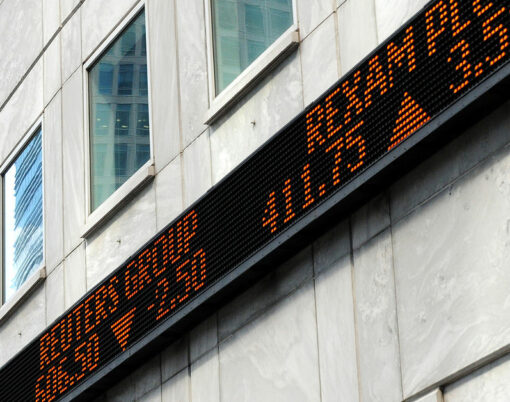The cryptocurrency market is undoubtedly one of the most popular markets for traders of all ages and experience levels, but it also happens to be one of the most volatile – and despite substantial growth over recent years, the past twelve months have been punctuated with some dramatic peaks and troughs when it comes to prices.
But despite its speculative and unpredictable nature, the market has made significant progress since Bitcoin – the first, and still the largest cryptocurrency – was introduced back in 2009. Innovation within the field has continued to pique the interest of professional traders and attract complete amateurs, too, with the launch of online trading platforms and the growth of information hubs like e-currencies.net bridging the knowledge gap and making it possible for just about anyone to start investing in these sought-after digital assets in a matter of minutes.
Today, widespread adoption of crypto as a means of payment in the luxury space, along with ongoing advancements in the application of the blockchain technology on which Bitcoin, Ethereum and the like are based, has meant that in spite of ongoing global economic certainty, these digital assets have remained a hot topic. Could they finally be about to go mainstream and become a viable means of payment not just for extravagances, but for your daily coffee or weekly food shop too?
Well, the market is certainly demonstrating resilience at the moment, regardless of the complex macroeconomic pressures and the collapse of major players such as FTX – which resulted in a sharp 64 per cent decline and saw the overall value plunge to below $800 million back in 2022.

In fact in the first half of the year, the market has recovered enough to reach the impressive heights of $1.1 trillion, according to leading data analytics company GlobalData – which considering the trials and tribulations of the past three years – from the global Covid-19 pandemic to Russia’s invasion of Ukraine, amongst others – is no small feat.
The organisation’s recently released ‘Thematic Research: Cryptocurrencies’ report has shown that despite ongoing market volatility, both retail and institutional interest in crypto has continued to climb, and now, even governments are embracing these digital assets and positioning themselves as crypto-friendly hubs.
Once upon a time, the crypto conversation was centered largely around outlawing these decentralised currencies, but now, it seems the tide has turned – and instead the discussion has shifted towards how best to regulate them, showing that acceptance of the fact that they are here to stay is growing.
“Tracking the crypto market is challenging due to its polarising nature and fast-paced evolution,” says Nicklas Nilsson, Consultant, Thematic Intelligence at GlobalData.
“GlobalData’s social media analytics indicates that major crypto events regularly spur discussions on social media platforms.”
One thing we do know though, is that the market is making considerable progress, with a near 400 per cent increase on pre-pandemic levels. Globally, crypto ownership has topped a whopping 425 million, and we’re considering to see a flurry of new ‘alt-coins’ coming to market, seemingly by the day, as developers pull out all the stops to go bigger and better.

“In addition, the crypto space continues to experience rapid innovation, from new token types to scalability solutions,” says Nilsson.
Regulation, however, has always been a sticking point and only once it has been addressed and overcome can we expect crypto to truly permeate the mainstream. After the immense crypto crash of 2022, most nations have made moves to attempt to regulate cryptocurrencies in some way or another, although as yet, the approach has been far from uniform.
Nilsson explains: “While the regulatory chaos in the US garners most attention, other jurisdictions are taking decisive steps towards providing much-needed clarity for the cryptocurrency industry. The EU leads the way with its Markets in Crypto-Assets (MiCA) bill, introducing tougher but consistent rules across member states by 2025. Additionally, the UK, Singapore, and Japan are actively developing their own crypto regulatory frameworks, reflecting the shift from calls of an outright ban to a regulation-focused approach.”
So, what next for crypto?
Nilsson concludes: “Cryptocurrencies face numerous obstacles to achieve mainstream acceptance, as they are still in the early stages. For instance, the world’s richest person, Bernard Arnault, could acquire most of the circulating bitcoins, and the total cryptocurrency value is still lower than Amazon’s market cap. The crypto market is expected to remain volatile, but significant changes are anticipated in the coming years. If recent history serves as a guide, progress can be expected amidst all the noise.”
Disclaimer: Nothing in this article should be read or understood to be financial and/or investment advice. Readers should take their own financial advice from a suitably qualified independent financial adviser before making any investment decisions.






















